Split plummer block housing SNL3056G/SSNL3056G export to Europe
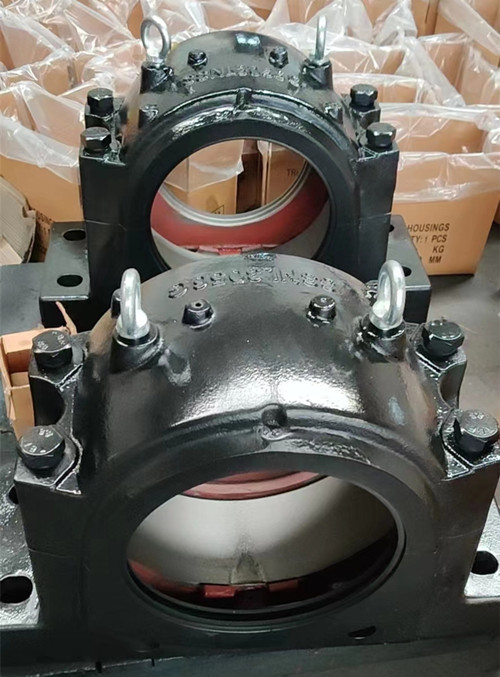
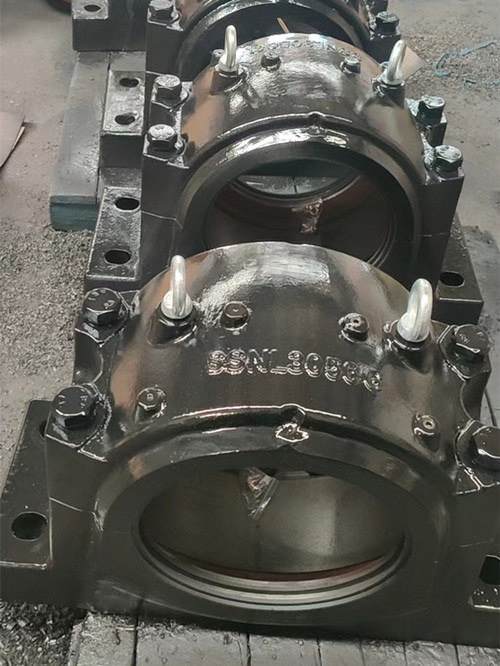 Split plummer block housing SSNL3056GG/SNL3056G
Split plummer block housing SSNL3056GG/SNL3056G
Bearing housings Split plummer block housings, SNL 30, 31 and 32 series Large SNL series for bearings on a cylindrical seat, with standard seals
Combined roller bearing 4.063/400-0063 ready for delivery
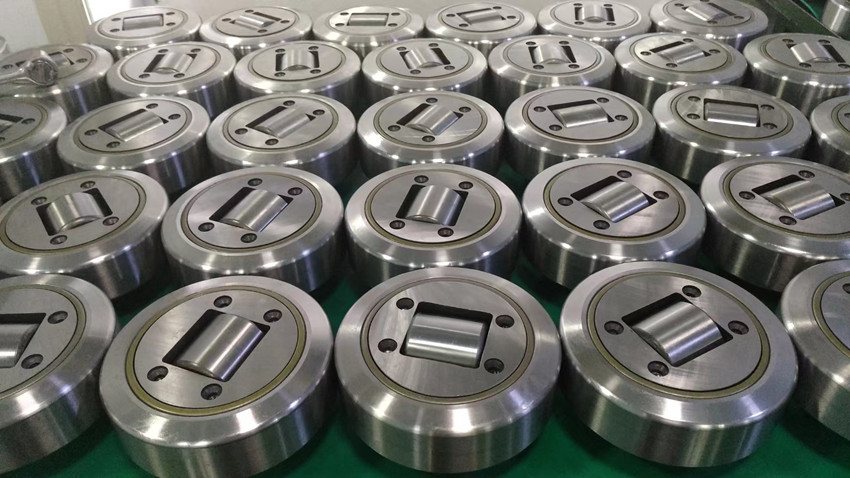
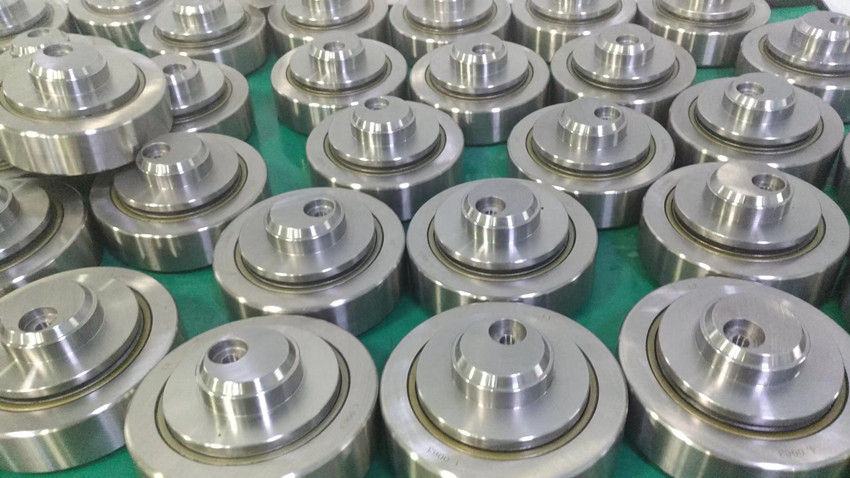
Code: 4.063/400-0063
Description:
Combined roller bearing, a combined bearing is composed of three distinct components:
Radial Bearing: A profiled outer ring used for guided rolling contact along a steel rail or channel.
Axial Bearing: This integrated roller guides and maintains the position of the bearing along its track while offering axial load resistance.
Stub Axle (Shaft): This central shaft stabilizes the bearing and offers simple relubrication and assembly.
Industries:
Refuse, Automotive, Oil & Gas, Tool & Die Manufacturing, Medical, Packaging, Material Handling, Marine, Pulp and Paper, and General Manufacturing.
Applications:
Refuse trucks, forklifts, telehandlers, sorting and transfer systems, cranes and hoists, palletizers/depalletizers, high load lifts, cranes and hoists, horizontal and vertical feed units, shrink-wrappers, overhead conveyors, and automotive lifts.
Yoke type track roller NNTR70X180X85-2ZL, NNTR80X200X90-2ZL ready for delivery
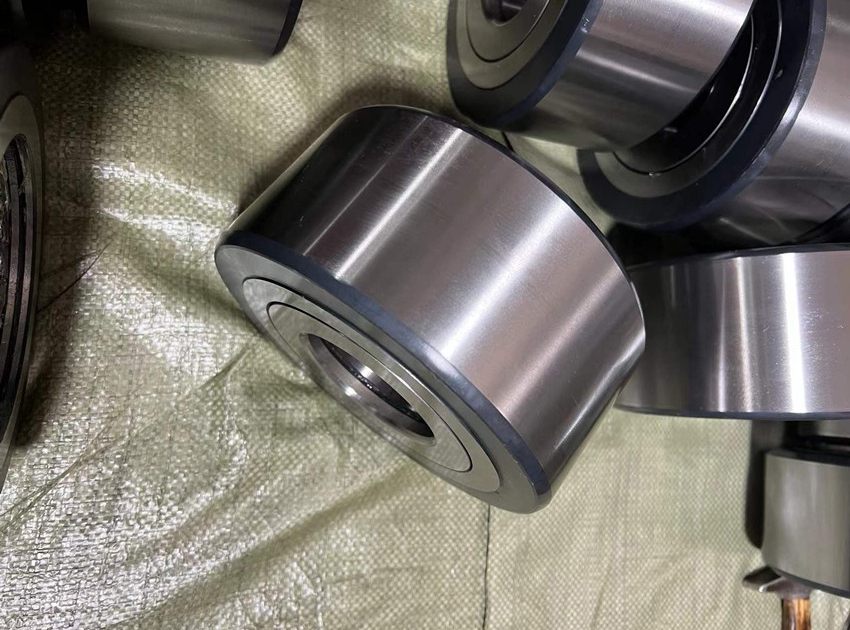
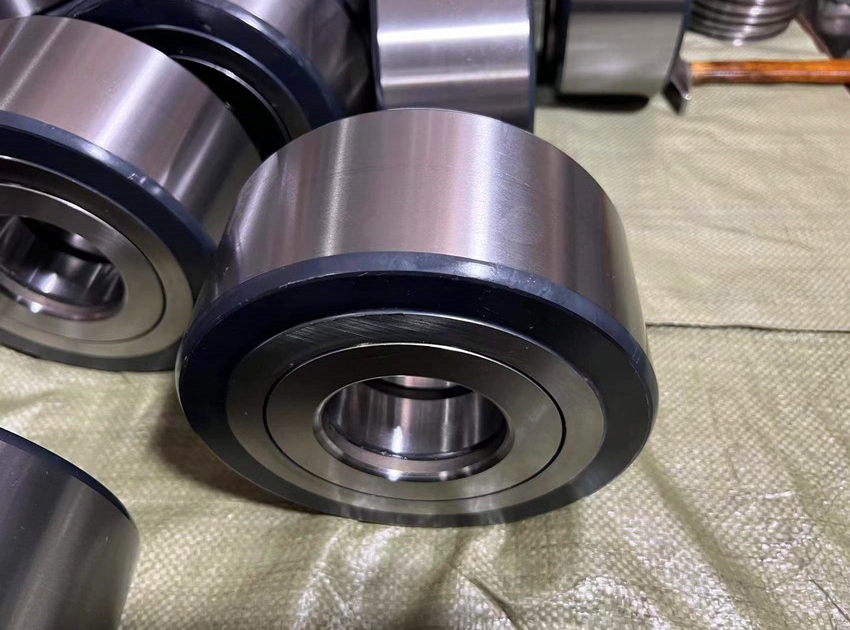
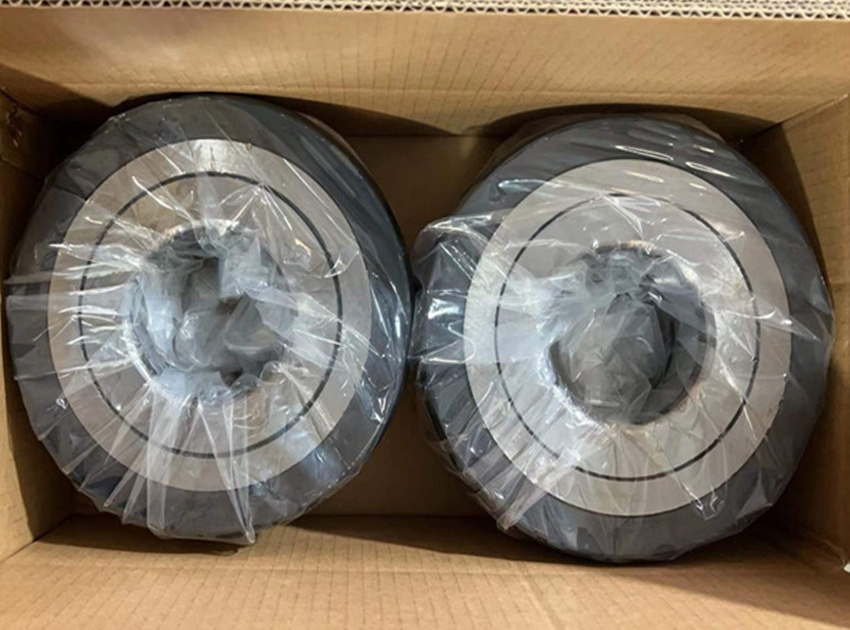
Yoke type track roller NNTR70X180X85-2ZL, NNTR80X200X90-2ZL are used as support rollers or wheels in steel industry.
We can design/produce different kinds of track rollers as the drawing, sample or requirement of customers.
Rotary table bearing YRT150 for CNC rotary table
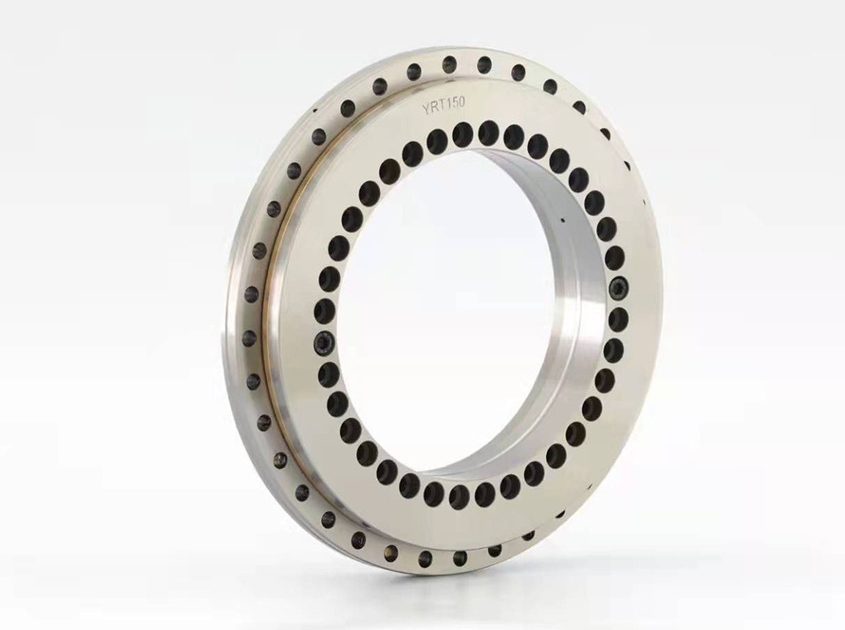
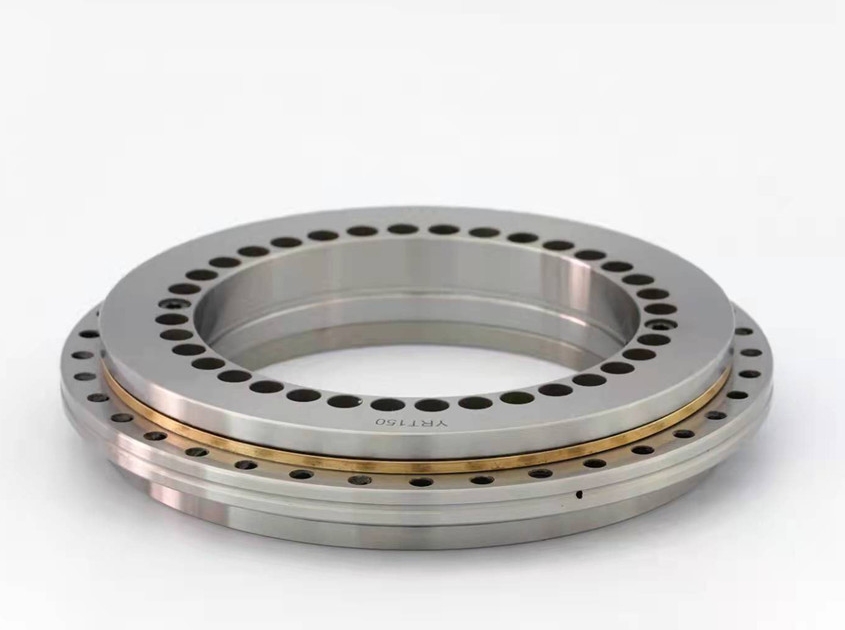
Part Number: YRT150
Structure: YRT axial radial bearings, three row cylindrical rollers slewing bearing. Contains an outer ring, a L-section ring, a shaft locating washer and cylindrical roller assembly sets.
Bearing Size (metric): Inner dia. (d): 150,00 mm Outer dia. (D): 240,00 mm Width (B): 40,00 mm
Mass: 6.2kg
Material: GCr15
Axial/Radial runout: 3μm or 1.5μm (Higher running accuracy available upon request)
Lubrication hole: Yes (users can arrange relubrication through the oil holes on outer ring and L-section ring.)
Working temperature: -30℃ ~ +120℃.
Preload: YRT150 bearings have been fitted and fully screw mounted already, they are radially and axially clearance free and pre-load.
YRT150 Rotary Table Bearings, YRT150 turntable bearings supply, YRT150 bearing manufacturer China
The advantages of high precision cross roller bearings
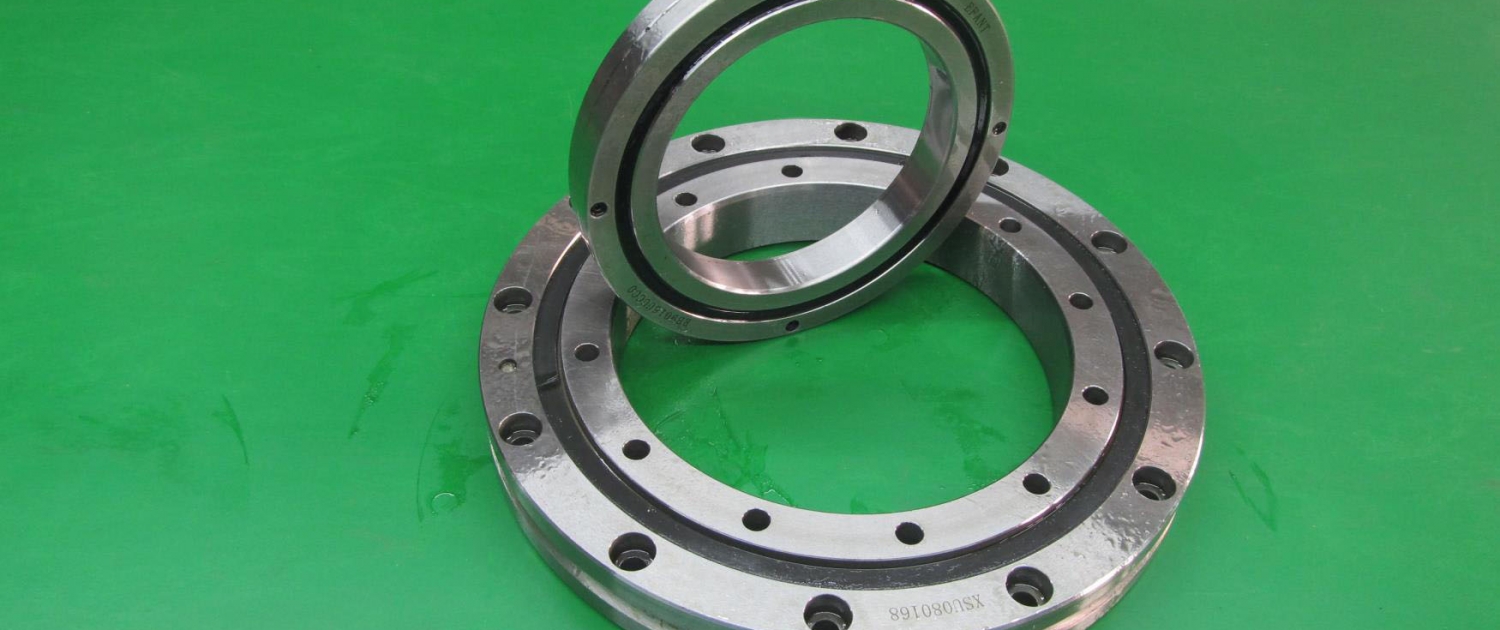 The characteristic of high precision cross roller bearing is that cylindrical rollers are vertically aligned with each other and move quickly on the V-shaped groove rolling surface at 90 °. Therefore, the cross roller bearings can bear multi-direction load such as radial load, axial load and moment load. Compared with the traditional thrust bearing + radial centering bearing combination, the cross roller bearing has a compact structure, small size, and simplified the design of the worktable, thereby reducing the cost of the turntable.
The characteristic of high precision cross roller bearing is that cylindrical rollers are vertically aligned with each other and move quickly on the V-shaped groove rolling surface at 90 °. Therefore, the cross roller bearings can bear multi-direction load such as radial load, axial load and moment load. Compared with the traditional thrust bearing + radial centering bearing combination, the cross roller bearing has a compact structure, small size, and simplified the design of the worktable, thereby reducing the cost of the turntable. 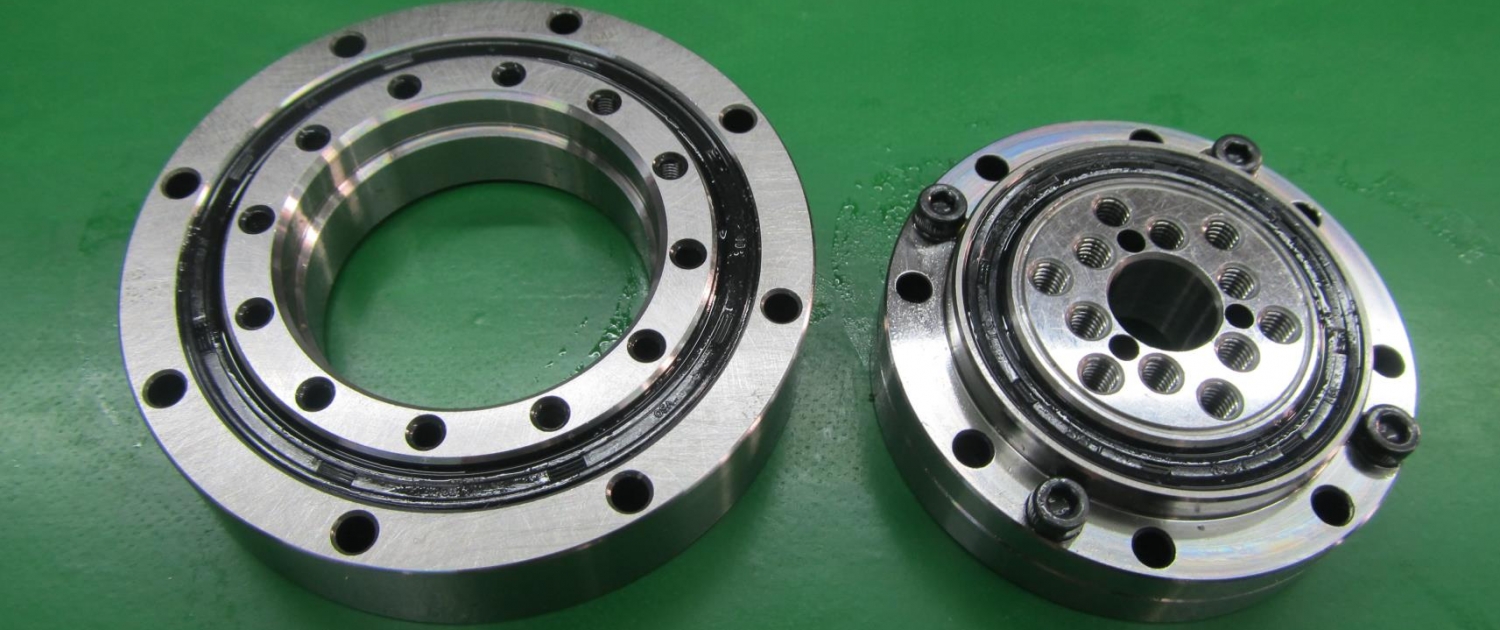 In addition, due to the use of optimized preload, this type of bearing has a high stiffness, so the rigidity and accuracy of the turntable are also guaranteed. Thanks to the design of two rows of cross rollers, this type of bearing has a high resistance to overturning moment. There are two types of cross roller bearings: one is a cross cylindrical roller bearing, and the other is a cross tapered roller bearing.
In addition, due to the use of optimized preload, this type of bearing has a high stiffness, so the rigidity and accuracy of the turntable are also guaranteed. Thanks to the design of two rows of cross rollers, this type of bearing has a high resistance to overturning moment. There are two types of cross roller bearings: one is a cross cylindrical roller bearing, and the other is a cross tapered roller bearing.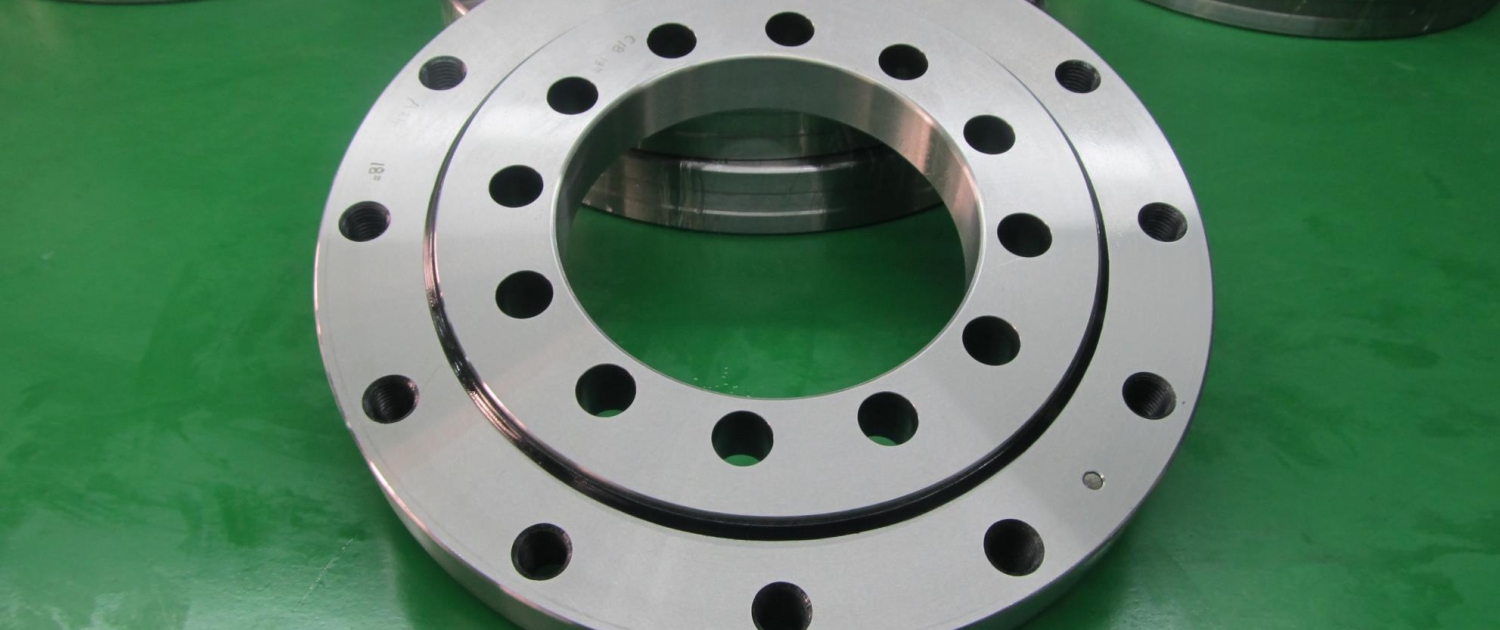 Although the structure of the cross roller bearing is special, the production process is relatively complicated, and it has certain requirements for the operating staff. But for users, cross roller bearings are more cost-effective than the traditional bearings, which is the main reason why cross roller bearing has gradually replaced traditional bearings in recent years.
Although the structure of the cross roller bearing is special, the production process is relatively complicated, and it has certain requirements for the operating staff. But for users, cross roller bearings are more cost-effective than the traditional bearings, which is the main reason why cross roller bearing has gradually replaced traditional bearings in recent years.
Rotary table bearing manufacturing process


Rough and finish turning by CNC lathes. Each process will be checked according to the drawings. Especially for the oil groove, ellipse, triangle, outer circle(ring) allowance, inner circle(ring) allowance, and chamfer must meet the requirements of the drawing. Well prepared for next steps.

According to the drawings, the machining center is required to process. The key point is to level the countersink not to be uneven; the through hole be smooth without spirals; the threaded hole meets the requirements, can not drill bottom hole too large for easy & fast tapping. Hole chamfer requires angle, size and appearance all meet the requirements.

Heat treatment will be done according to the types of row material. Row material must ensure the hardness and heat treatment deformation are controlled within the qualified range.

A: Surface: Make sure that the machine is cooled in place, control the surface(plane)
bending and parallel difference(tolerance). Pickling flaw detection for the first product to see whether there is burning damage
or crack.
B: Outer diameter(ring): Control ellipse, triangle and size. When the product height is large, repeated grinding is needed .
C: Inner diameter(ring): Control ellipse, wall thickness and taper. If the product height is large, the vertical difference should meet the requirements.
D: Raceway: Due to the particularity of the product, it is necessary to grind at a fixed distance and ensure that the cooling is in place. The flaw detection of wall thickness for the sample should be qualified not less than 80%.

Ensure chamfer, oil groove smooth and without vibration.


100% finish grinding the surface, inner diameter and raceway. The key function is to improve the products’ accuracy, eliminate the ellipse and triangle deformation because of the tempering.
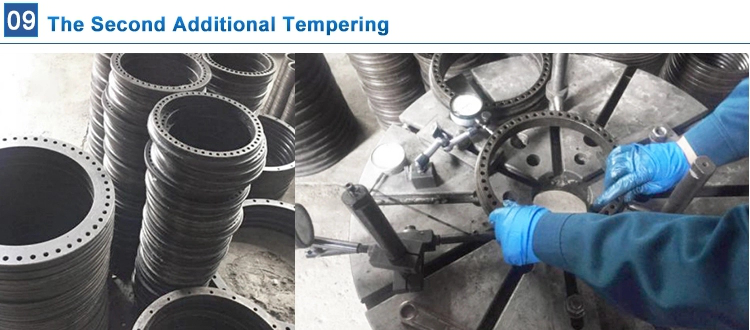

All procedures should be processed strictly in accordance with the drawings. Special for the temperature difference during tempering; roughness and angle during raceway processing for outer&inner diameter should be 100% inspected.
![]()
Magnetic Particle Inspection: fully magnetizing to make the magnetic powder evenly poured on the product. Observing whether the magnetic powder is concentrated. There would be no concentrated or remaining magnetic powder for good products.

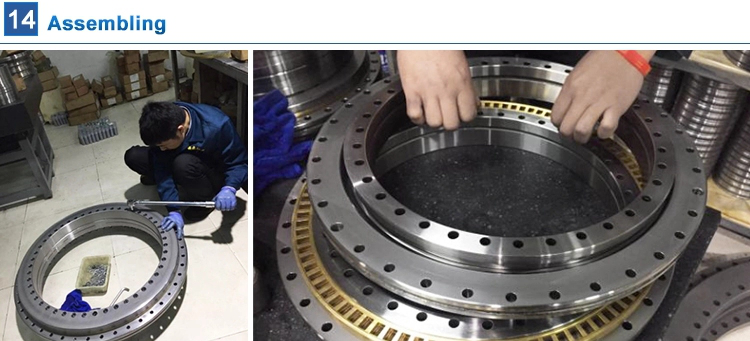
Back-up rollers design and application for a better metal sheet quality
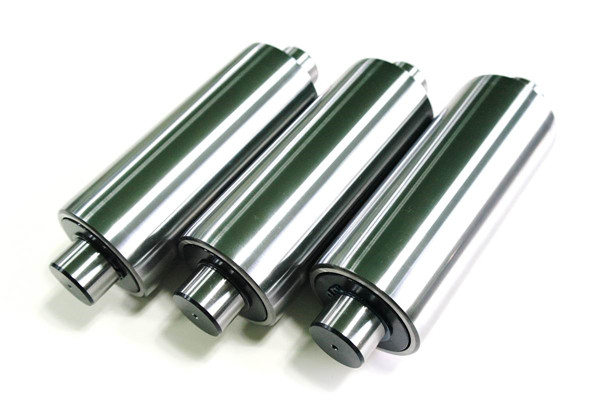
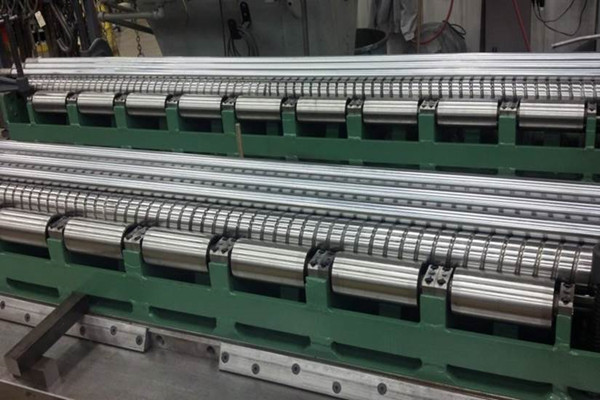
Back-up rollers in tension levelers are key parts which essential to support and limit the movement of the work rolls in order to get excellent quality on the metal sheet as well as reduce potential defects. Aware of the importance of this processing phase, LYSYM uses high quality steel for the production of its back-up rollers for tension levelers, with or without shafts.
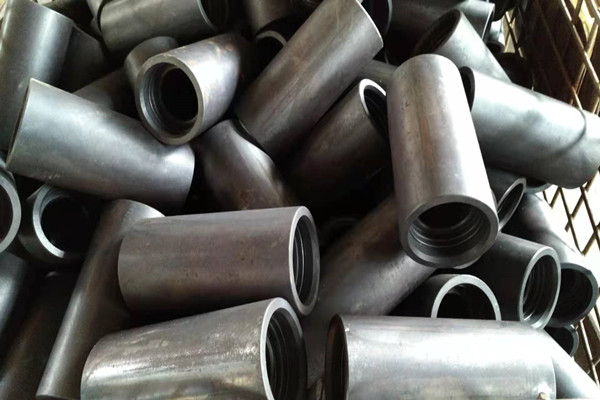
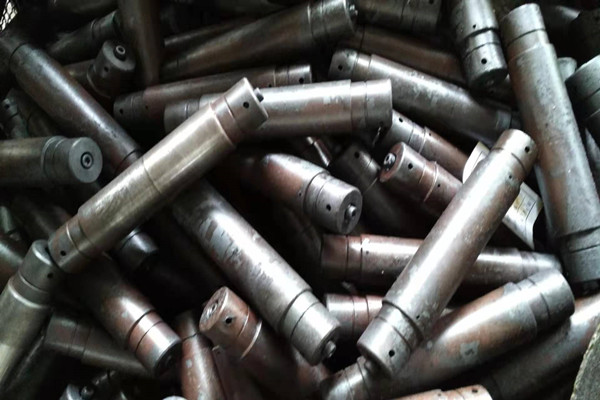
To increase the bearing life, it can be ensured that the finished product will be free from imperfections caused by the rollers themselves. The effectiveness of the production process is particularly important in the case of flat products in stainless steel, aluminum and copper, for which the surface finishing represents a fundamental characteristic of the product.
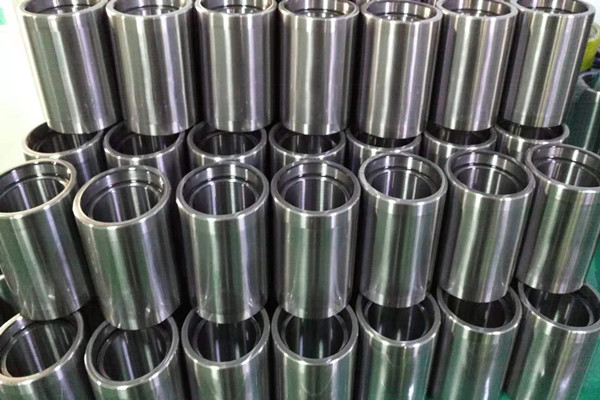
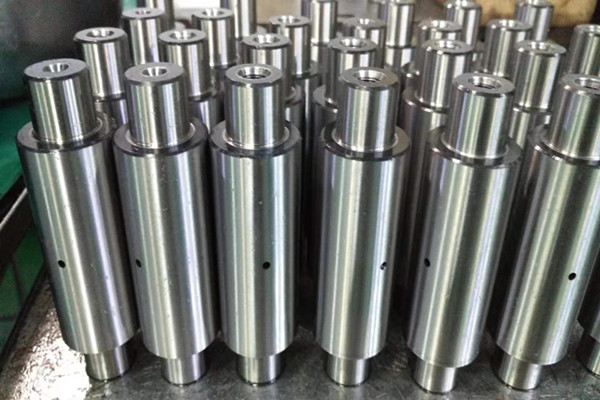
Another issue in the processing of the sheet is caused by unscheduled production lines stoppages due to unforeseen maintenance interventions. Also in this case the fallout on the production cycle is immediate, with delays that impact the production itself. To give a concrete answer to the problem, LYSYM has implemented technological solutions in the production phase of its back-up rollers which have the objective of improving the performance and the useful life of the bearing and consequently extending the maintenance time. Among these we mention the rolling elements with a logarithmic profile, which distribute the hertzian pressures between rolling element and rolling track. The shafts made with special steels improve the toughness and avoid possible fatigue failures that are very common in this type of application.
In order to improve the bearing behavior and extend its life, LYSYM has also adopted axial containment with a cylindrical roller cage.
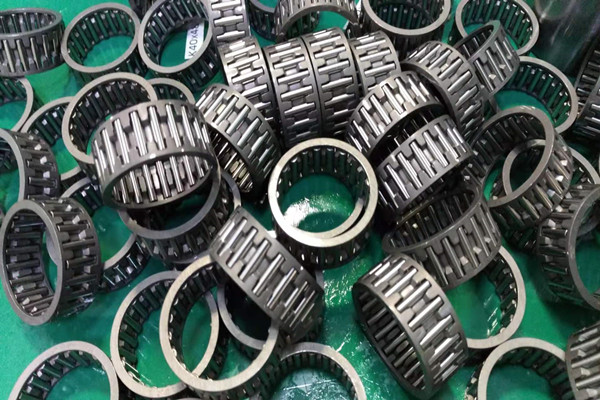
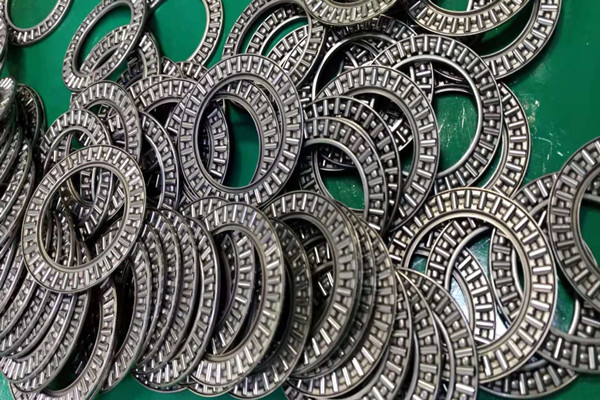
Concerning the sealing system, the choice is FEY laminar rings, capable to operate with high temperatures and reduce the rolling torques, with the guarantee of very high efficiency throughout the life of the bearing. For the purpose of lengthening the maintenance intervals, a lubrication circuit inside the bearing is specifically designed in order to provide the lubrication of all the axial and radial rolling surfaces. The camber of the outer mantle of the back-up rollers is adopted to counterbalance possible misalignments of the machine supports. LYSYM supplies the rollers in radial or axial-radial versions. Moreover, depending on the type of application, the company can supply, on request, also seals in metal or synthetic material.
How to prolong the service life of bearings
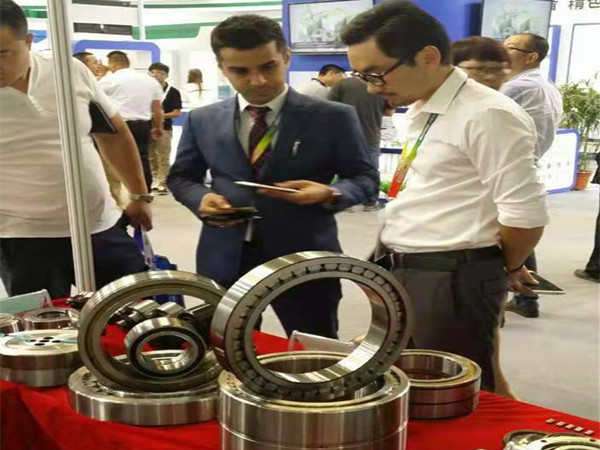
Choose the right bearing
In order to select a more suitable bearing from a large number of structures and sizes, it is necessary to study from various angles. The specific method of bearing selection is as follows:
1. The bearing structure is determined
Considering the ease of arrangement, installation, and disassembly of the bearing as a shaft system, the allowable space and size of the bearing, and the marketability of the bearing, the bearing structure is roughly determined.
2. Service life
While comparing and studying the design life of various machinery using bearings and the various endurance limits of the bearings, the bearing size is determined. When selecting a bearing, it is often biased to consider only the fatigue life of the bearing. The grease life, wear and noise caused by the aging of the grease also need to be fully studied.
3. Determination of bearing use
According to different uses, it is necessary to select specially designed bearings for accuracy, clearance, cage structure, grease, etc. requirements. However, there is no certain order and rules for selecting bearings. The priority should be considered for the requirements of the bearing, performance, and more related matters, which is especially practical.
The effect of heat treatment on the material of cross roller bearing
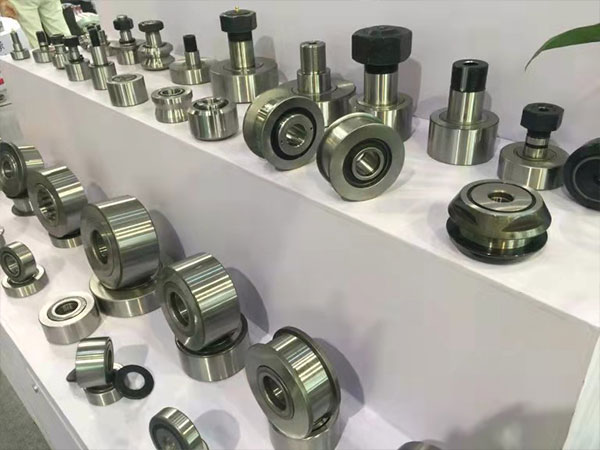
Crossed roller bearings are a kind of bearings that are used more mechanically, especially in industrial machines. Of course, when we use them, we need to have better performance of crossed roller bearings to ensure the performance of crossed roller bearings. For various properties, then we need to perform heat treatment on its processed materials, so why do we need heat treatment? Let’s take a look! 1. Surface residual stress The distribution of surface residual stress of bearing steel after quenching is largely affected by the cooling rate and quenching medium. For the materials used in crossed roller bearings, heating to 840 ℃…
Causes of temperature rise during use of crossed roller bearings
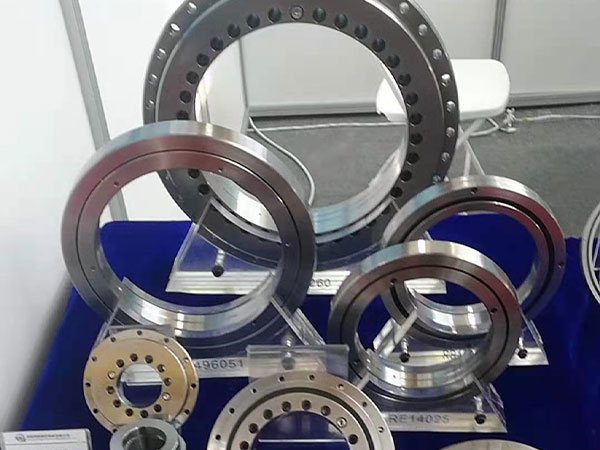
Crossed roller bearings are also commonly used nowadays. Many machinery and equipment will choose crossed roller bearings. Crossed roller bearings are favored because they have good performance and mainly meet the needs of use. Bearings are always used when they are used. If you want to rotate, it will inevitably generate heat during the rotation, but there is also a situation where the overheating temperature gradually rises.
Let’s take a look! 1. The influence of lubricating oil 1. If the amount of lubricating oil used is too little or too much lubricating grease, it may cause the temperature to rise, so when using it, it should be in accordance with the requirements of usual work…
